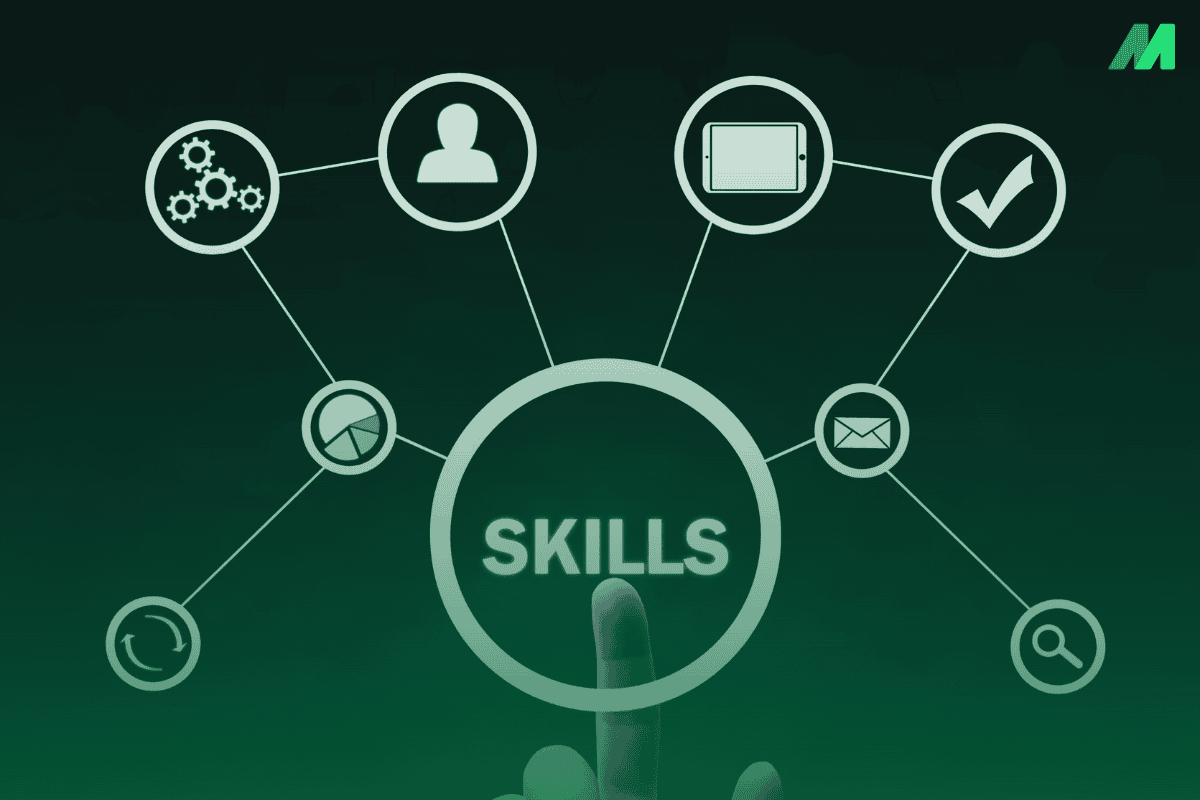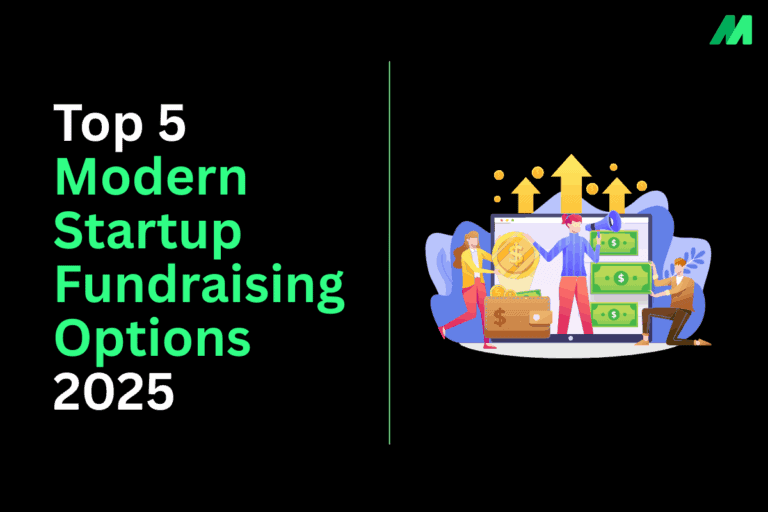Okay, so freelancing is super popular these days. Everyone and their grandma seems to be giving it a shot, looking for that sweet taste of being the boss. But hold up a sec before you hand in your resignation. First, you gotta really think about what you’re good at. Like, *really* good at. Knowing your strengths isn’t just nice to have; it’s what gets you the right jobs, lets you set goals you can actually reach, and proves to clients that you’re the real deal.
Think of this as your personal guide to unlocking your inner freelancer. We’re not just gonna scratch the surface. We’re gonna go deep, digging up hidden talents and making a plan to seriously boost your career.
Step 1: Look Inward–Get to Know Yourself
Okay, time for some soul-searching. Grab a coffee (or tea, if that’s your thing) and let’s do this.
The Past is Your Treasure Map
List ‘Em All: Start by jotting down every job you’ve ever done. Don’t leave anything out, even that summer gig flipping burgers.
- Title Time: What positions did you hold? Were you a team lead, an assistant, or the grand poobah of something?
- What Did You Do? Note the most important things you were responsible for. Did you manage social media, wrangle spreadsheets, or keep the coffee machine running?
- Brag a Little (Achievements): What accomplishments are you most proud of? Did you nail a huge presentation, save the company from disaster, or finally figure out how to use the office printer?
Why bother with all this? Well, digging into your work history can make talents clear: running projects, writing clear emails, coding a software, or creating logos. Skills like that can all become freelance work.
Understanding Two Kinds of Skills
When you pick your skills for freelancing, remember that there are two kinds of skills: Knowledge skills (for using specific kinds of software) and people skills (for being social). Getting a mix of both can really help your freelance career.
Integrating Hard + Soft Skills in Your Freelance Profile
- When you’re getting your social media and samples ready-to-go:
- Mention those knowledge skills when you say what you do.
Use what people said about you to show off your people skills; good comments, suggestions, or how you act can really help.
For Example (Profile Statement): “I specialize in creating SEO-optimized blog posts (hard skill) and pride myself on clear communication and delivering ahead of deadlines (soft skills).”
Evaluating Your Educational Background
Your education isn’t just a piece of paper. It’s proof of skills.
- A finance degree? Boom – freelance bookkeeping or financial planning could be your jam.
- A digital marketing certification? Get ready to manage social media accounts or become an SEO guru.
Don’t Forget the Soft Skill
Clients aren’t robots. They care about how you treat them. Being able to talk clearly, manage your time like a pro, and adapt to new situations is the secret sauce to keeping clients happy.
Find out about Different Types of Skills for Freelancer.
Step 2: Skills That Move With You
- Your Skills Travel: Just because you learned something in one area doesn’t mean you can’t use it somewhere else. Think you are good at teaching? Try making online classes, tutoring, or training workers at offices.
- Problem Solver: Are you good at fixing stuff? Can you make a problem simple to people? Are you good at fixing electronics? Clients will pay a lot for that.
- Team Player: Clients want freelancers who are good at teamwork. Showing leadership, teamwork, and fixing fights makes you stand out.
Step 3: Research—What Does the Market Want?
Check Out Freelance Websites: Look at Upwork, Fiverr, and Toptal.
- Find out the skills people want now.
- Notice the services clients want.
- Look at how much you can get paid for each skill.
Study Industry Trends: Read industry reports and news. Follow news on places like AI and cloud computing.
Match Personal Skills with Market Value: Make sure people will pay you to freelance at something you are good at. You love it, but no one wants to pay for it.
Understand India’s freelancing economy
Step 4: Gather External Feedback
Talk with coworkers: Get what they think about you.
- What are my better skills, in your mind?
- What can I do better than most people?
Request Endorsements and Testimonials: Positive reviews are good. A recommendation is a big boost too.
Step 5: Conduct Skill Testing and Certification
Self-Evaluation Tools: Run through the tests on places like Coursera to check your skill level.
Strengthen Your Reputation with Certificates: Getting certified in AI, management, or design makes people know what you do.
Find out the right course and tutorials for you, click here.
Step 6: Narrow Down and Specialize
Find a Specific Niche: Having many skills is nice, but clients are looking for an expert. Calling yourself an expert helps people think of you as an expert.
Don’t call yourself a Graphic Designer. Call yourself a Brand Specialist
Balance Primary and Secondary Skills
- Primary: Skills that put cash in your pocket.
- Support Skills: Skills that support the primary skills (copywriting paired with marketing)
Step 7: Keeping Documentation of Projects
Create a Skills Portfolio: Cases studies give your clients confidence, add them to your skill list.
Create a Value Proposition: People are seeking out help building their blog and social media.
For example:
“I help startups establish strong online presence through SEO-driven blog content and social media campaigns.”
Picking freelance skills isn’t a set it and forget it, you have to work at it. Skills change with the times, and understanding what people pay for will get you hired. Figure out your strengths and be comfortable saying it.




